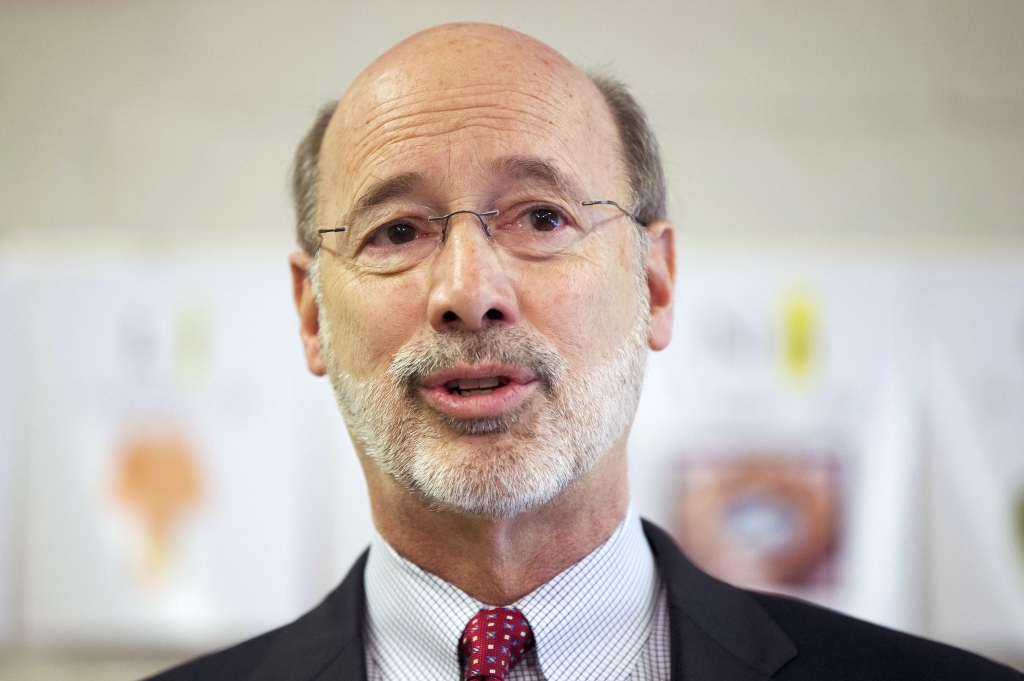-
Tips for becoming a good boxer - November 6, 2020
-
7 expert tips for making your hens night a memorable one - November 6, 2020
-
5 reasons to host your Christmas party on a cruise boat - November 6, 2020
-
What to do when you’re charged with a crime - November 6, 2020
-
Should you get one or multiple dogs? Here’s all you need to know - November 3, 2020
-
A Guide: How to Build Your Very Own Magic Mirror - February 14, 2019
-
Our Top Inspirational Baseball Stars - November 24, 2018
-
Five Tech Tools That Will Help You Turn Your Blog into a Business - November 24, 2018
-
How to Indulge on Vacation without Expanding Your Waist - November 9, 2018
-
5 Strategies for Businesses to Appeal to Today’s Increasingly Mobile-Crazed Customers - November 9, 2018
Health care spending to increase moderately
In 2014, health spending in the United States is projected to have reached $3.1 trillion, or $9,695 per person, and to have increased by 5.5% from the previous year, as millions gained health insurance coverage and new expensive specialty drugs hit the market.
Advertisement
On 30 July, 1965, President Lyndon B.Johnson signed Medicaid and Medicare into law. Medicare provides critical health coverage for adults 65 and older, and Medicaid provides vital health care coverage to children, pregnant women, people with disabilities, and low-income adults.
Spending growth for prescription drugs is expected to average 6.3% annually from 2015 to 2024, mainly from costly drug and device developments, such as newly available hepatitis-C treatments, as well as improved medication coverage and clinical guidelines urging early drug treatment therapies.
However, national health spending is still expected to outpace economic growth, threatening to make medical care increasingly unaffordable.
Private health insurance spending rose an estimated 6.1 percent a year ago.
It’s a big birthday today as Medicare turns 50 and advocates say the best way to celebrate the milestone would be to expand the program to all Americans. Fifty years later, 55.2 million Americans are enrolled in Medicare. Starting in 2014, most Americans were required to have insurance or pay a tax, a provision included in the Patient Protection and Affordable Care Act (ACA).
Over the past few years, the Obama administration has, on repeated occasions, implicitly credited Obamacare with substantially slowing the growth of national health care spending.
“The establishment of Medicare and Medicaid didn’t just put an end to this injustice; it transformed health care in our nation”, she said.
An annual look at the pace of health spending in the U.S. indicates the growth will be about 5.8 percent through 2024. The aging population will also increase costs for people with Medicaid coverage, government researchers said.
Medicaid expansion is also driving up spending by 12 percent in 2014, though on a per capita basis spending fell by 0.8 percent because many new enrollees are healthier.
The Washington Post reports, after a July 28 press briefing on the report, that economist Sean P. Keehan said there are some unknowns in developing future projections on healthcare spending.
The health care spending report was published online by the journal Health Affairs.
More details on the breakdown of state enrollees are available here.
Now: Private insurance plans increasingly are the consumer-facing side of both programs.
Advertisement
If conservatives were right and government is the problem, then in all the world’s other advanced nations, where there is much more government regulation of health care than we have, they’d be paying more for their health care than we do.





























